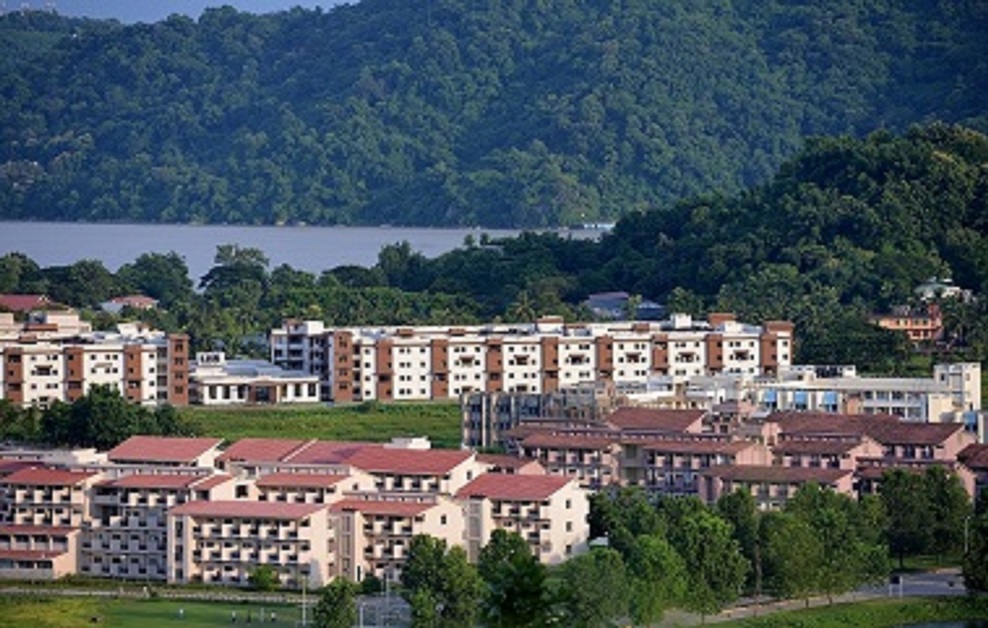It is essential to look at the announcements and the impact of these decisions on the ground. Clearly post COVID19 economic recovery needed real thrust and this was done by the finance minister
 Subimal Bhattacharjee
Subimal Bhattacharjee

The Union Budget for the financial year 2021-22 has been getting rousing applause from the stock markets that have run back all the way to its historic peaks. But it is essential to look at the announcements and the impact of these decisions on the ground. Clearly post COVID19 economic recovery needed real thrust and this was done by the finance minister. Let us take a quick look at what is getting the markets excited as well as what I believe are shortcomings in the budget:
1) Overall Focus: The budget has focused on the immediate need for a boost in the economy while postponing the process of fiscal consolidation over the next 5 years. Given the scale of the pandemic and the impact it had on the economy, it was only natural that healthcare would be a focus area for the government which has seen annual allocations being doubled. This includes 35,000 crores being set aside for a national vaccination program which is very good. The budget has put its priorities clear with an increased focus on infrastructure spending which sees the CAPEX in the budget to go up by 34% to 5.54 lakh crores. The proposal to create a DFI to fill the long standing need for long term finance for the infrastructure is a good move and that combined with the zero coupon bonds for infrastructure and access to the international debt markets would substantially help projects get access to funds at close to zero rates. The overall impetus on infrastructure would give much needed boost to a host of industries and help tide over the long term effects of the Covid 19 contractions. The other two moves that have enthused the market is the 74% FDI in insurance and further recapitalisation of banks. I do not know how possible it would be to achieve the disinvestment target of 1.75 lakh crores after a tepid year with a fraction of that number achieved. In addition, the budget wants to move beyond tax litigations by reducing the reassessment period by half.
2) Paperless Budget: Since the Independence, this was the first budget that was presented sans paper as the pandemic had prevented the pages from being printed. The FM though used this opportunity to convey a statement of how the government was pushing for complete digitisation. Symbols are important and this was a good symbolic act by the government. This aside, the only other positive that the budget had for the digital economy was the push in digital payments, through incentivising for which 1500 crores has been set away and indirectly through increasing the audit limit for MSME’s who have less than 5% cash payments. Regular allocations will also help Digital India projects to be completed on schedule.
3) North East: The allocation of Rs 34000 crore for road infrastructure development in Assam which will aim at building 1300 kilometres of roads is going to help speed up infrastructure growth, provide employment and kick-start allied industries. IT is crucial to see that long pending projects like the Haflong-Silchar road stretch are completed soonest. The Rs 1000-crore special package for tea estate workers of Assam and West Bengal is a welcome move and will definitely help build a greater competitive advantage to the industry and help create more welfare schemes for the workers. The tea companies though have been worried by the proposal for rolling out minimum wages to all categories of workers. The proposal to allow women to work night shifts is a welcome move though.
4) Education: The budget has been a mild disappointment when it comes to education. While allocations saw a 6% drop, which can be counterbalanced by the thought that future allocations grew by 9% on last year’s revised estimates, though that would be because of the prolonged closure due to the pandemic. Flagship schemes like the Mid-Day Meal scheme saw a reduction in allocation which does not augur well for the way ahead. Rashtriya Ucchatar Siksha Abhiyan saw a huge hike in allocation from 166 crores to 3000 crores. But the government has done nothing to address the deep digital divide nor has it spoken about the allocations for NEP which frankly we had all expected.
5) Start-ups: The budget has been a positive budget for start-ups. The budget has set aside 15,700 crores for incentivising the MSME sector. The change in the definition of ‘Small Company’ which increases paid up capital to 2 crores and turnover to 20 crores will help start-ups as many of them will come under the new nomenclature with lesser regulatory oversight. The complete removal of all restrictions on One Person Company (OPC) will also benefit the start-ups. Even the residency requirement for an OPC has been reduced from 182 days to 120 days which is a positive move.





